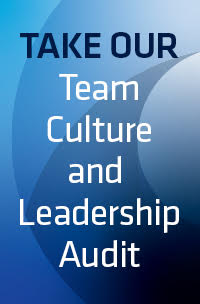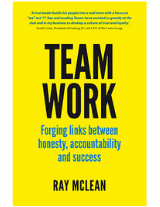The end of the calendar year provides business leaders with an ideal opportunity to reflect on the year that was, and address areas of improvement as they look to start 2015 on a positive note.
Many businesses experienced a period of change in 2014 – as a result of expansions, mergers or acquisitions which were common in the private sector and policy driven change which had an impact on the public sector.
As companies seek to reposition themselves to move into new markets, reinvent themselves in the face of increased competition, or downsize as a means of reducing costs, the focus will often be on their organisational structure, rather than the culture that drives the structure, when looking to implement change management.
Creating the right culture is not something that is always front of mind for business leaders, but for those wanting to increase productivity and effectiveness in 2015, their attention needs to be squarely placed on their greatest asset – their people.
For organisations who are undertaking change, the first place they will often start is the mechanics of their operations – the structure, systems and processes. New strategic plans are developed, departments merged, positions made redundant, and new leaders are sought. However, what difference will these changes really make if the culture of the organisation remains the same?
A successful leader will take time to build strong professional relationships with their staff – ask them questions, listen to them and take action when required. They reward effort and don’t ignore behaviour that is unacceptable.
Addressing the performance of individual team members is an ongoing task and not something that should only be thought of when it’s time for their annual review. A leader has many roles and responsibilities but the best leaders will take the time to develop their people by understanding their needs and allowing them to have influence by empowering them effectively.
For leaders wanting to make a positive change within their organisation in 2015, a good place to start is by evaluating the performance of everyone in the business (including themselves) to ensure the path to success is either continued or discovered in the year ahead.
The first question that business leaders should ask is linked to capability. Does the employee have the skills to get the job done and can they perform under pressure? If not, it needs to be assessed as to whether this person is in the right role or if their skills can be developed further.
The second question that business leaders should ask links to character and cultural fit. Is the employee good for their word and do they put team success in front of their own needs? If so, they tick the box. Having both competence and character builds trust and great results can be achieved. The piece that can’t be missed is the drive to continually improve. With change being constant, challenging each other to improve performance and providing that time to review effectively is necessary. A lot is learned about a team under pressure – that is when the highest performing employees are at their best.
Leaders should also take time to think about their own performance and identify what type of leader they want to be. Understanding or being more aware of their own leadership style can be useful, but being able to adapt their leadership style based on the situation and the needs of their team is much more important.
Ray founded Leading Teams in 1992 after working as a leadership officer with the Air Force. He has published two books, ‘Any Given Team’ and ‘Team Work’. Ray is based in Geelong.
Learn more about Ray.



